
The Seehof Palace, also known as the Seehof Castle (Schloss Seehof) is a former summer residence and hunting lodge of the Prince-bishops of Bamberg, located in the community Memmelsdorf, which is about six kilometers northeast of the city center of Bamberg.
Today, some of the halls of the palace can be visited; weddings are held in the former palace chapel; some rooms can be rented for private events.
The palace is surrounded by a park with alleys, sculptures, a cascade and a greenhouse with cafes.
Seehof Castle was built in 1686-1896 on the site of a hunting lodge, as a summer residence and hunting estate in the early Baroque style of the Bamberg Prince-Bishop Marquard Sebastian Schenck von Stauffenberg designed by Antonio Petrini.
Subsequently, the design of the palace changed, including in the 1750s during the reign of Johann Philipp Anton von Frankenstein, a White Hall was created in the west wing of the palace.
The palace was surrounded and surrounds the 21-hectare Schlosspark Seehof, which was previously decorated in Rococo style.
After secularization (1803), the palace and garden came into the possession of the Wittelsbachs. In 1840-1841 it was sold to the Prussian Hussar Colonel Friedrich von Zandt and subsequently changed owners. In 1975, Bavaria acquired ownership of the palace and park, after which large-scale repairs were carried out.
Today, most of the palace is used by the Bavarian State Office for the Protection of Monuments; some halls and the palace park can be visited.
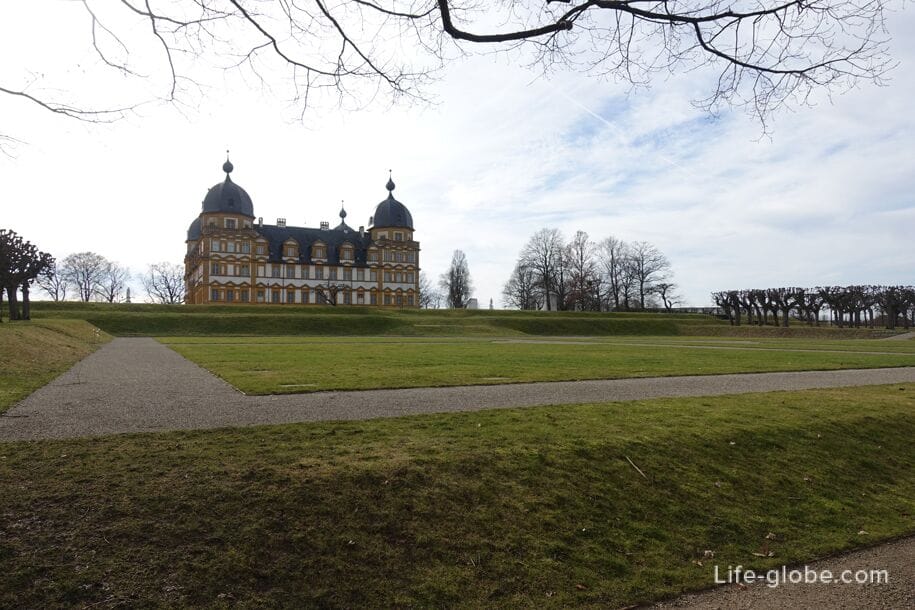

The Seehof Palace stands in the center of the park. The four corner pavilions of the palace are crowned with squat octagonal towers with projecting roofs. The facades are cut by large windows with triangular pediments on the ground floor and arches on the upper floor. Each row of windows is supported by a cornice.
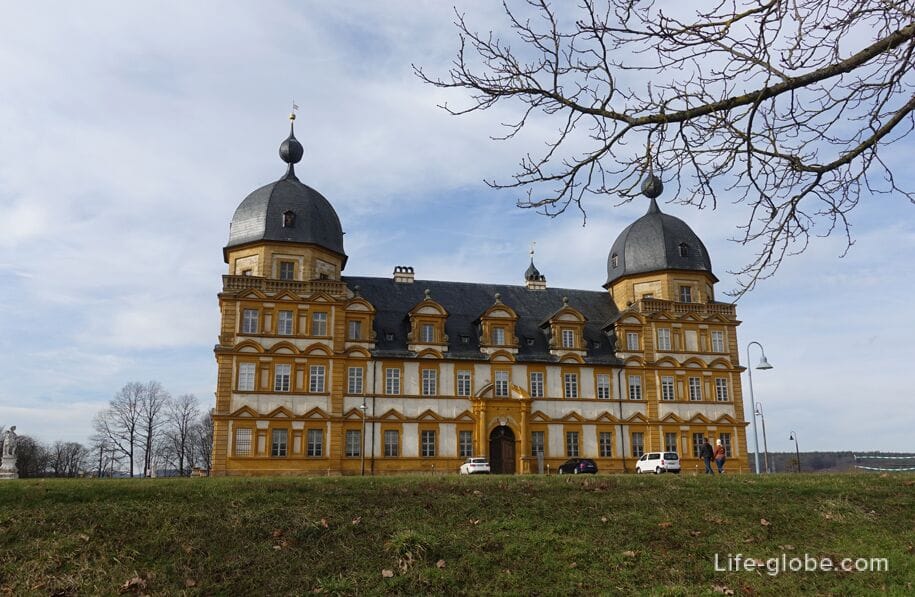


The palace has an inner courtyard decorated with two projecting clock towers and an arcade on the entire ground floor.

Inside the palace, visitors can access several halls of the restored apartment of the princes-bishops, including the "White Hall" with a virtuoso ceiling painting by Giuseppe Appiani.
Weddings are held in the castle chapel with a Rococo altar.
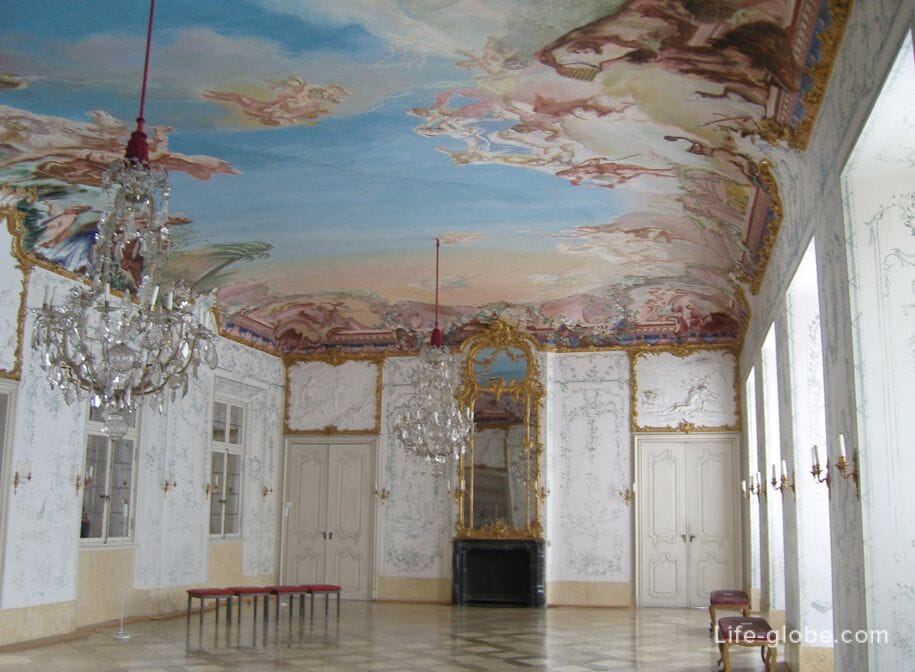
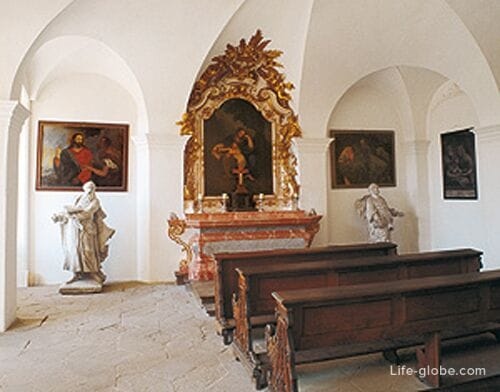
From all sides, the Seehof Palace is surrounded by a park, which today is unlike the original one.
The park has alleys, lawns, bosquettes, stalls, a lake and sculptures.
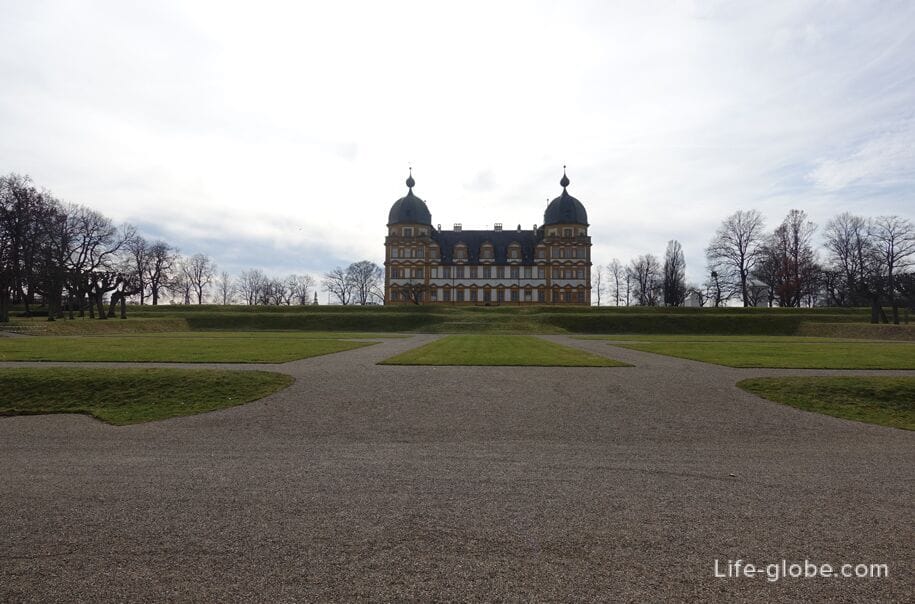

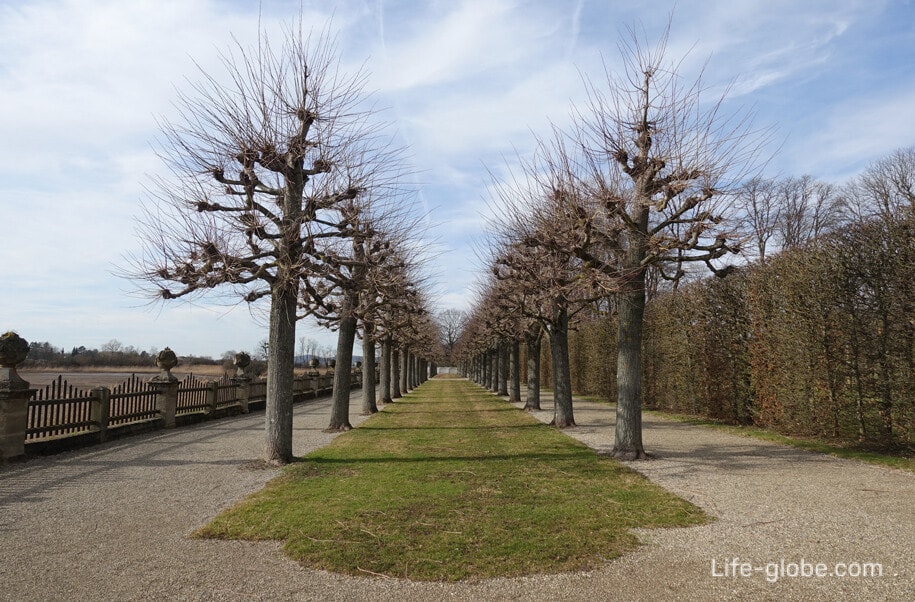
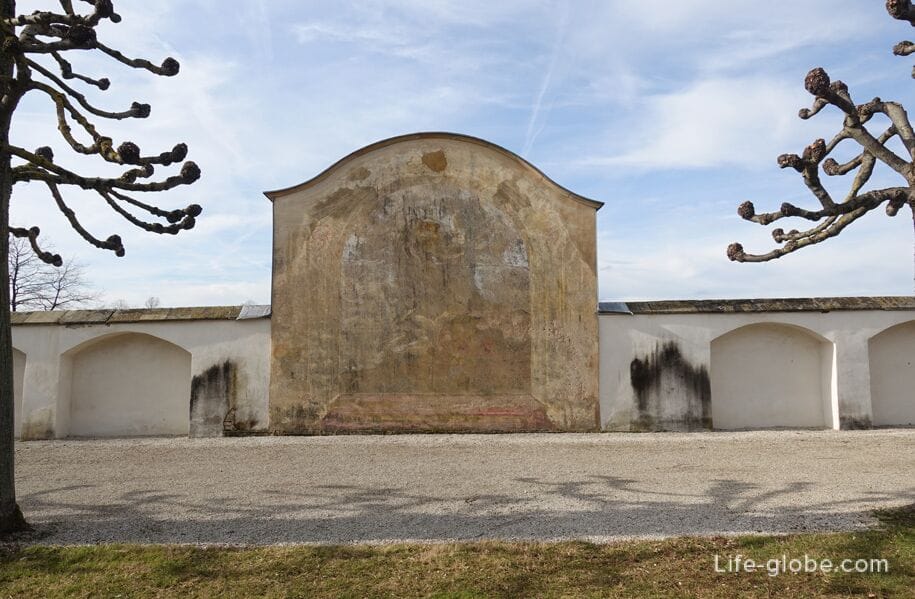

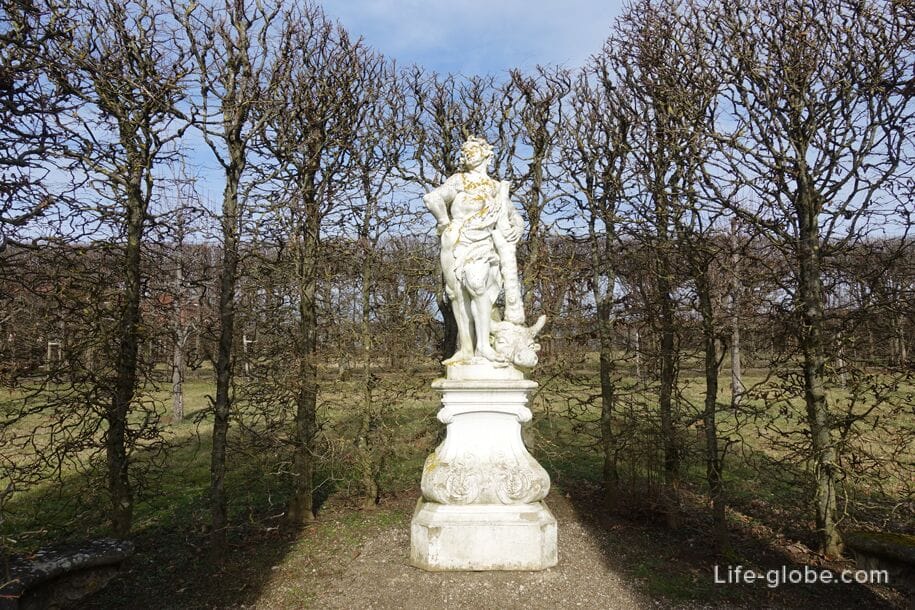
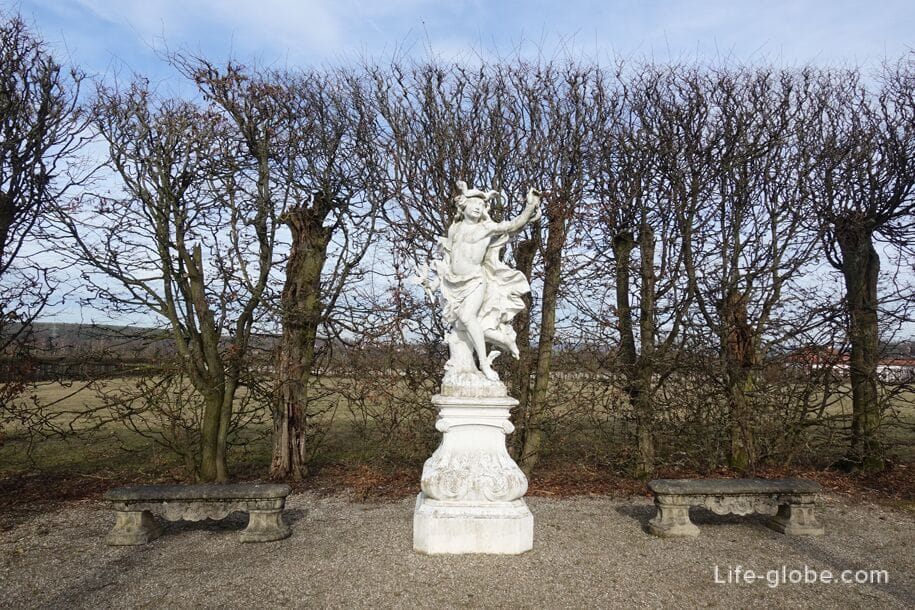
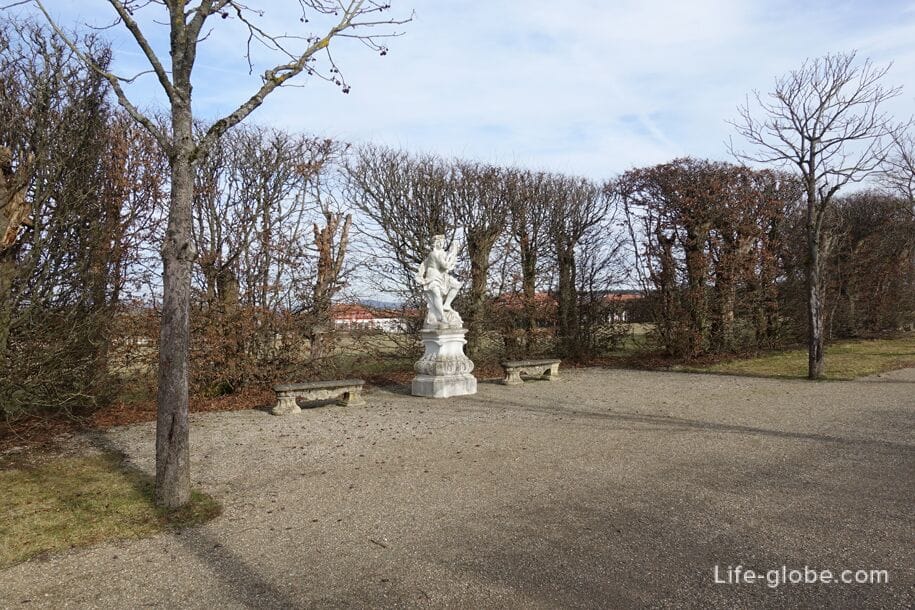
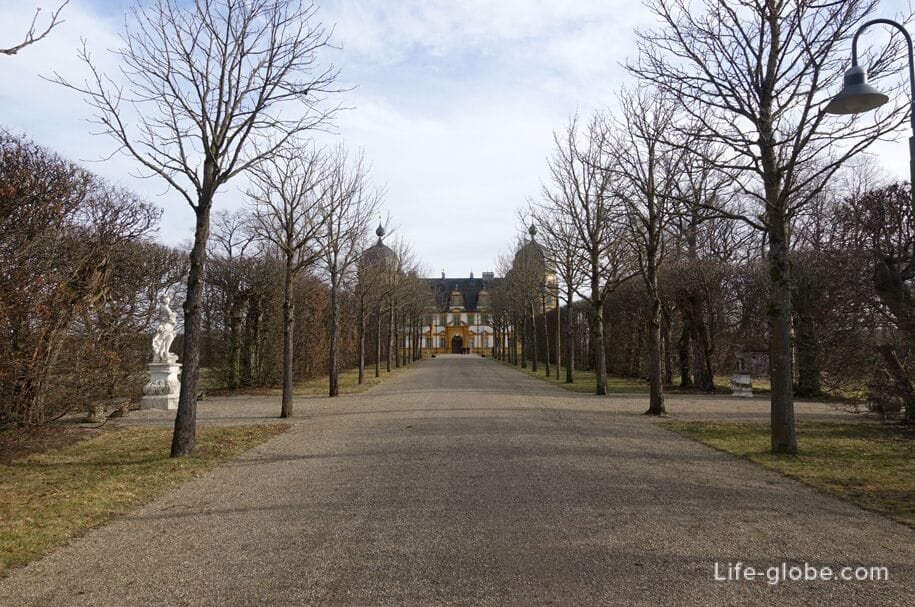


The main decoration of the palace park is the sculptural cascade fountain, the construction of which was organized by Adam Friedrich von Seinsheim according to the project of Johann Michael Fischer and with the decoration made by Ferdinand Tietz. The construction of the fountain took place from 1764 to 1772.
In order to provide sufficient water supply for the castle and the water cascade, a water pipe was laid, and then a tunnel.
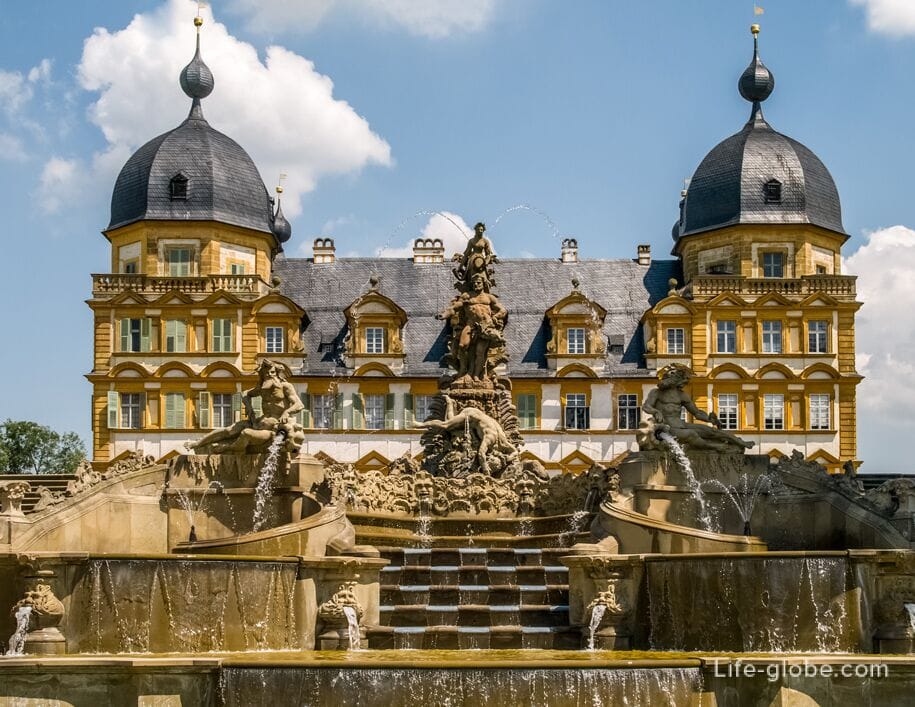
Also in the park attracts the attention of the Memmelsdorf Gate (Memmelsdorfer Tor - the main gate of the palace park) with attached greenhouses on both sides, which are among the most important greenhouse buildings in Franconia.
In the greenhouse there is a restaurant-cafe (Restaurant - Caf e Schloss Seehof) and you can rent a room for personal events.


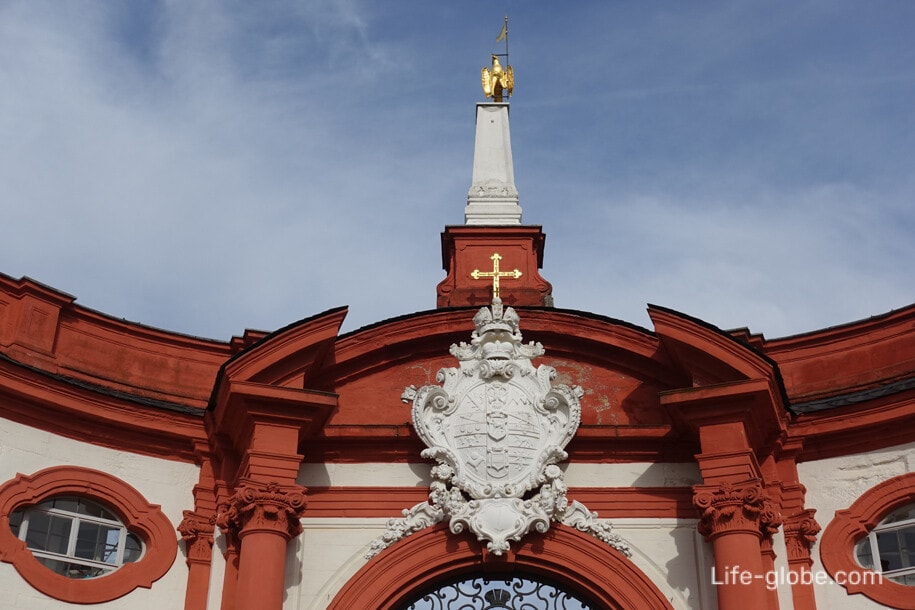
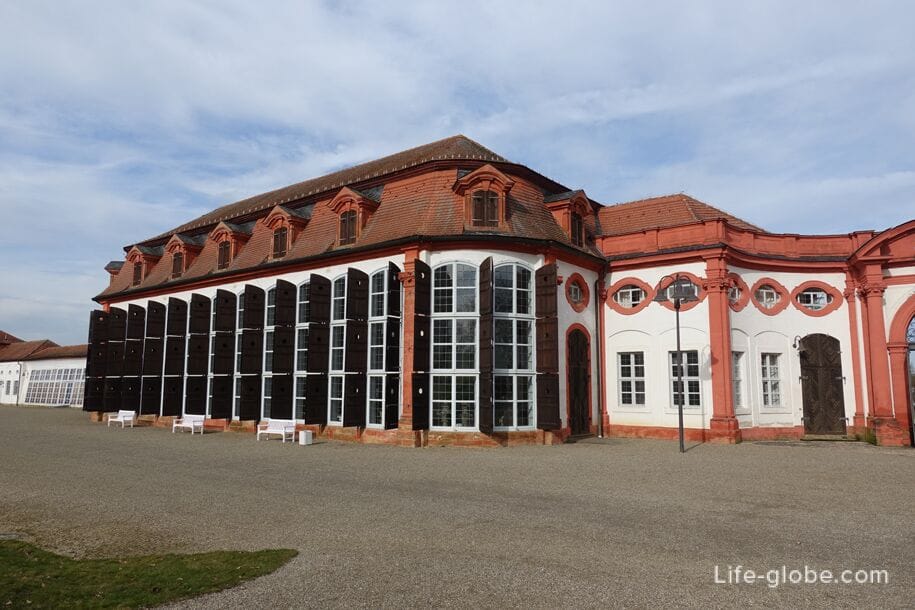

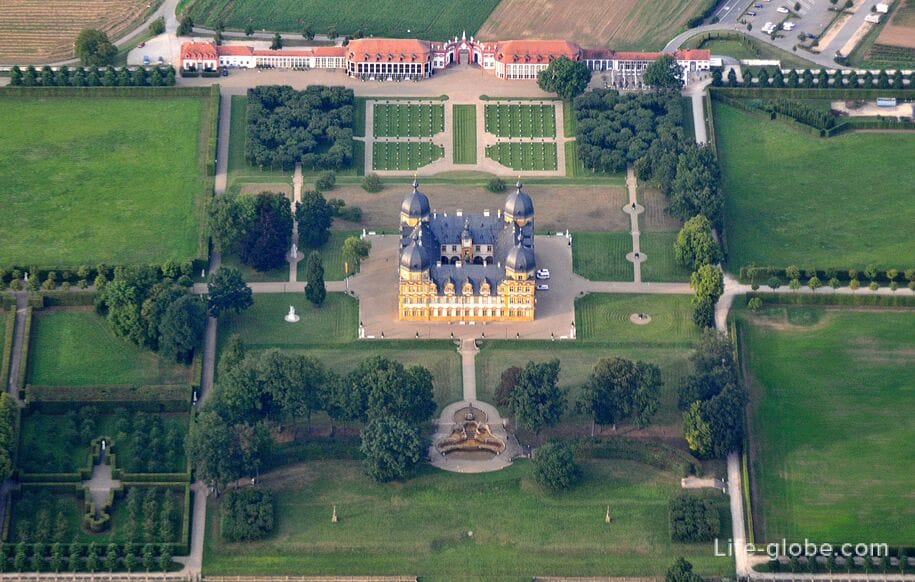
Address of the Seehof Palace: Schloß Seehof 1, 96117 Memmelsdorf.
Coordinates of the Seehof Palace: 49°55'37.0"N 10°56'52.0"E (49.926944, 10.947778).
Entrance to the palace park is free. Water to the halls of the palace - for a fee.
Seehof Palace website: seehof.
You can get to the Seehof Palace and Park from Bamberg on foot, by bus to the Seehof, by taxi or by car. There is a parking lot near the main entrance to the palace park.
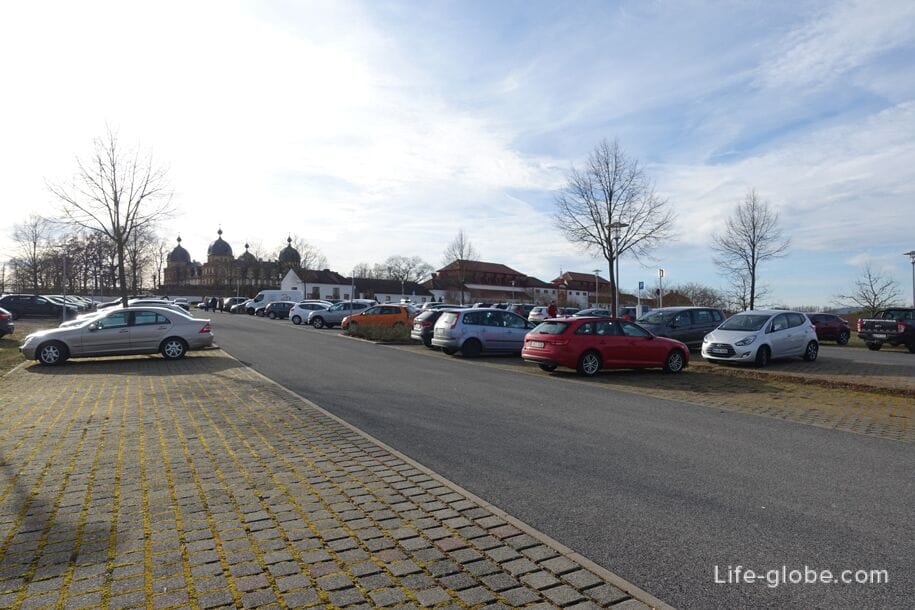

All accommodation facilities in Memmelsdorf can be viewed and booked here
All accommodation facilities in Bamberg, including in the historical center of the city and more remotely from it, can be viewed and booked here
All accommodation facilities in Nuremberg, including in the old town and more remotely from it, can be viewed and booked here